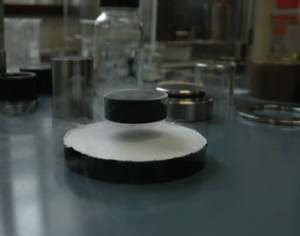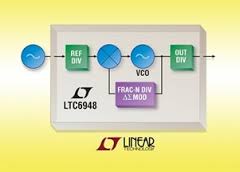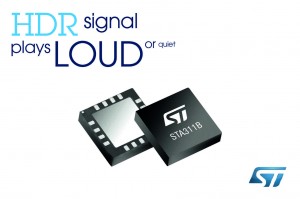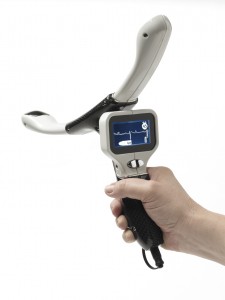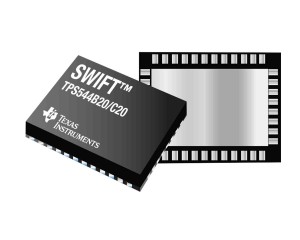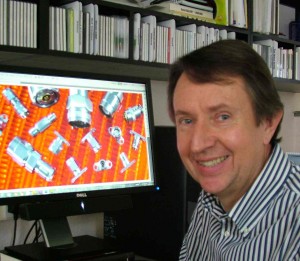
Howard Venning
Aspen Electronics, managing director Howard Venning emphasises the need for suppliers to demonstrate compliance with European and US government legislation.
By far the biggest change has been the UK’s integration into the European Union. Membership has meant that today the UK must agree with, and implement, hundreds of EU directives and ensure compliance.
It all started with CE marking, which encompassed EMC, LVD, RTTE, WEEE, REACH & RoSH 2, plus the Batteries Directive, to name just a few.
All the above legislation comes at considerable cost to both large and small manufacturers as they work to prove understanding and compliance. An online search will reveal literally hundreds of manufacturers, distributors and stockists own interpretations of the regulations and statements of compliance.
For each of these pages someone somewhere had to spend time and effort in understanding the implication of the regulations and then writing a statement to provide an answer to each and every customer who asked the question. In turn these customers are asked by their customers to prove compliance and the cycle starts all over again.
Anyone who has been in the industry for 30 years plus will know that today’s equipment is so much better than it used to be – but still end users must have 100% confidence that the products they have purchased are safe. All this costs money and we’re all paying for it.
With all this legislation we have yet to reach that point in the development of standards where someone stands up and says – “you know what, I think that is as good as it will ever get”. If we did get to that point we would all breathe a sigh of relief as the prospect of yet another course or presentation diminishes.
Dealing with US legislation is far more onerous. US export controls have been in place for many years. The EAR regulations have always focussed on making sure US products were not shipped direct to or indirectly to undesirable countries, customer or end uses.
Whilst the countries, customers and end uses have changes, the basics have not and anyone importing products from the USA should know what is required.
More recently the USA introduced the ITAR regulations which applied in parallel to the EAR regulations and therefore became far more demanding. As the implications of non-compliance came to the fore, organisations, typically the major defence contractors introduced their own compliance regimes to ensure they could demonstrate they had everything under control.
Our experience has revealed marked differences in the way ITAR regulations are interpreted by both manufacturers and customers, again adding to the cost of compliance.
With any of the previously mentioned EU directives there are numerous exclusions. For example, the WEEE directive has a de minimis clause that exempts “small producers” (those that produce less than 5 tonnes of electrical waste per year) from joining a Producer Compliance Scheme.
Another example is the use of lead in other electrical and electronic applications as defined in the RoHS regulations. Whilst the general idea is to prohibit the use of lead, certain applications are exempt and a small amount of lead is permitted in, for example, certain types of solder.
However, the latest piece of legislation to arrive from the US has no exceptions or exclusions. This possibly unique piece of legislation is the requirement to comply with the ‘Frank-Dodd’ act, otherwise known as the Conflict Minerals Act.
The conflict minerals act has no de minimis clause and therefore no matter how small you are as an organisation, or your “use” is of any of the minerals controlled under the act, you must comply. This is almost an impossible task that will certainly demand many hours of research, emails, letters etc. as you keep your customer, and their customer and their customer, happy as the effects of this legislation goes up and down the supply chain.
In a recent example the US parent of a UK company sent us an excel spreadsheet to complete that details all the products from all the manufacturers we had supplied over the last few years.
This we completed with the standard statement that we were a distributor and as such were not in a position to supply all the information required. We received a short email thanking us for our submission, but it pointed out that “we have detected that the list of smelters has not been provided.” At that point, which just happened to be 5.00pm on a Friday afternoon, I needed to make a serious management decision.
What was more important, trying to work out just how I was going to get the names of the smelters used by the supplier of the gold…. who supplied the gold dealer…. who supplied the gold distributor…. who supplied the plating shop…. that plated the centre pin of the BNC connector…. produced by the connector manufacturer…. who supplied the distributor…. who supplied the manufacturer of the 50ohm 25 watt load, (which was just one of the 28 products on the list), or find a supplier that had an arrangement with the manufacturer of a complex product that demanded just as much time and effort to ensure quality was maintained throughout the supply chain bringing the customer a repeatable product ensuring the purchasing experience met all the criteria expected…. the pub won !
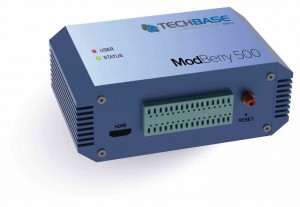 A Polish start-up company is claiming to have created the first industrial computer based on the new Raspberry Pi Compute Module.
A Polish start-up company is claiming to have created the first industrial computer based on the new Raspberry Pi Compute Module.
